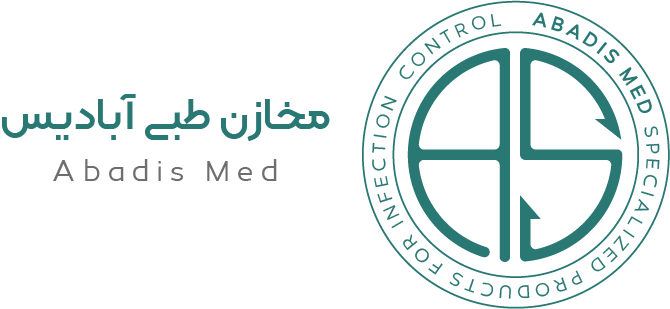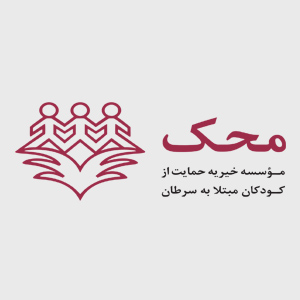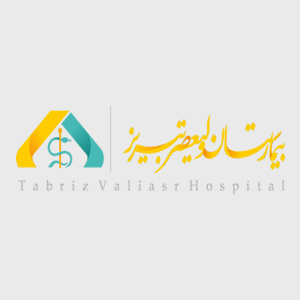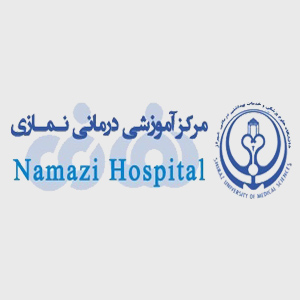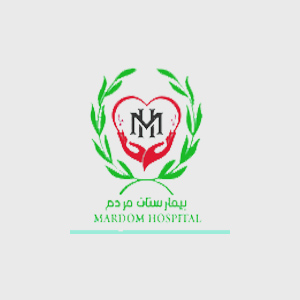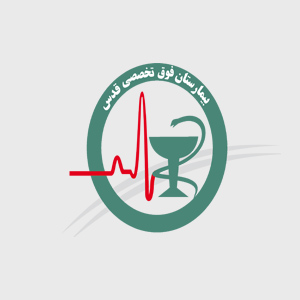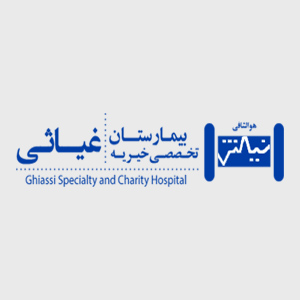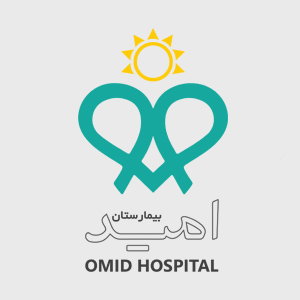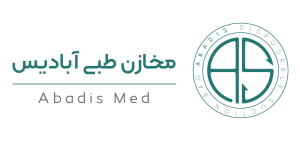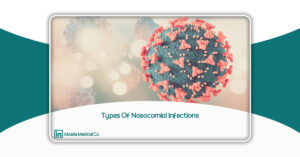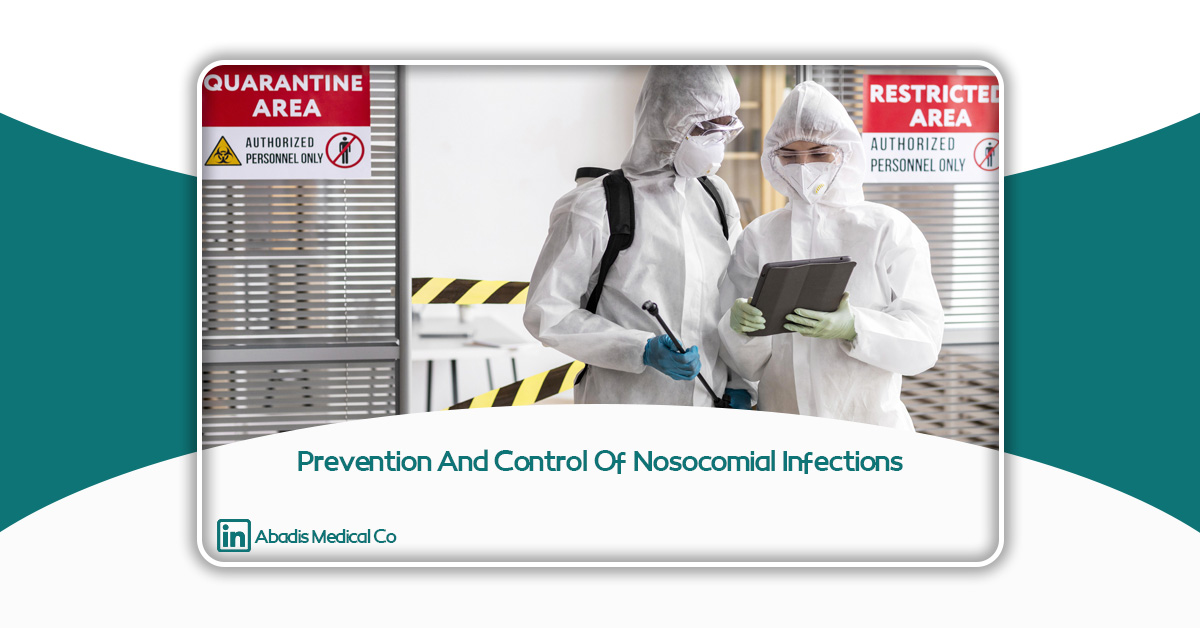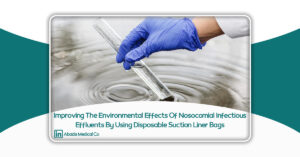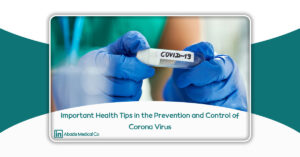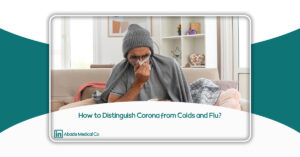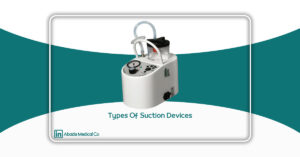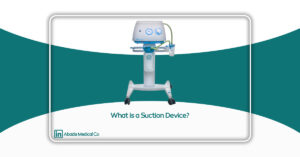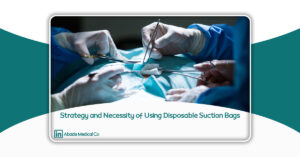Prevention and Control of Nosocomial Infections
Nosocomial infection is an infection that has occurred in the hospital due to the host’s interaction with the causative agents of the infection. Therefore, symptoms of infection may occur during the patient’s stay in the hospital or after his discharge. The most common type are infections of the office system. These infections are one of the most important causes of septicemia and mortality due to nosocomial infections, which are usually caused by the use of invasive methods.
There are several ways to transmit nosocomial infections. In nosocomial infections, indirect transmission is the most common way that can be transmitted from a reservoir or carrier to a susceptible person through groups of hospital staff with contaminated water, food, biological fluids, or medical devices. To be. Clastridium Difficile, a major cause of diarrhea in hospitals Pseudomonas species and other Gram-negative bacteria are a good source of transmission, especially in immunocompromised patients.
Methods
In a review study using the Internet and specialized journals and reviewing texts and databases, the prevention and control of nosocomial infections were examined.
Results
Important findings show that there are three main strategies for controlling nosocomial infections. 1- Removing or restricting the reservoirs of organisms, 2- Cutting the transmission chain, 3- Protecting the host against infection and disease, in case of removing the vector or reservoir of the disease, sterilizing surgical instruments, using disinfectants and antiseptics and using Sterile methods can play a major role in reducing infections
This is very important in a field hospital where we may have problems with power and water cuts. To break the transmission chain, it is recommended to use tools such as gloves, goggles and goggles that play a major role in blood transfusion between staff and equipment and patients, and a mask that is important in respiratory transmission, especially in the case of tuberculosis. Between and after hospital staff contact with patients as a matter of necessity, it is important to observe hygiene standards for personal belongings used by patients, another part of this category is host protection can include both hospitalized patients and hospital staff.
Discussion and Conclusion
According to global statistics, $ 17 billion to $ 29 billion is spent annually on the treatment of nosocomial infections, while with proper investment in the control of nosocomial infections, treatment costs can be saved. Urinary tract infections with 39% prevalence are the highest and skin infections with 8% prevalence are the lowest in nosocomial infections.
Elderly people and patients with lung problems and those who have undergone surgery are people who are more likely to develop nosocomial infections. Reducing the incidence of nosocomial infections and the cost of treatment and hospitalization of patients through the selection of appropriate planning methods to control the infection and prevent the spread of infectious agents in hospitals and other treatment centers based on available facilities, should always be considered.
Nosocomial infections are infections that do not occur at the time of admission and occur 48 to 72 hours after admission; Provided that it was not in the commune period. Nosocomial infections are a serious problem in health care centers and impose high costs on patients and health care providers every year.
Discharged patients are included in the definition of nosocomial infection when:
A) 7 to 10 days after discharge of the patient who was hospitalized due to internal reasons and no special surgery was performed on him.
B) up to one month after discharge due to surgery, if the implant has not been implanted for the patient. Such as: laparotomy, appendectomy and hernia.
C) up to one year after surgery implanted for the implant patient. Like orthopedic procedures in which screws, pins, plates, etc. are inserted.
There are a total of three groups of people at risk for nosocomial infections:
1- Patient
2- Medical system personnel
3- Society
Each organ of the human body can be infected with nosocomial infections, but in the meantime, urinary tract infections are in the first place with a share of 42%.
The following is done to control nosocomial infections:
Part 1: General Precautions
1- Hand washing
2- Using protective coatings
3- Safe and secure ways of contaminated materials
Part 2: Separation Precautions
1- Strict or absolute separation
2- Coordination between visitors and nurses for how to work
3- Creating suitable conditions in the patient’s room
4- Using protective coverings by staff and visitors while entering the patient’s room
5- Using gloves and masks by the patient when leaving the room
6- Contact isolation (such as: resistant bacterial infections and some diarrhea)
7- Washing hands
8- Respiratory isolation
Author: Farideh Takloo
Bachelor of Computer, Kermanshah University of Medical Sciences
